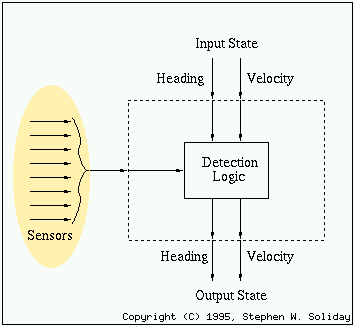
Figure 13.8: Proximity Subsystem (Collision Avoidance)

Return to the Overall Diagram
As a safety feature, a collision avoidance system was constructed. This system alters the desired velocity and heading based on obstructions directly in the path of the vehicle. This system acts to deflect the vehicle away from obstacles. At a minimum range preset by the user, the vehicle would actually come to a halt.
To classify this controller, one would probably just consider this algorithmic. Decisions are made on crisp IF-THEN-ELSE criteria. The fact that the sensors' response is similar to a fuzzy set, and has been used as such in earlier subsystems, should not confuse the reader into thinking that this too is a fuzzy controller.
The basic precept here is to treat the obstructions as hills and force the car to bank away from them based on its sensory input.
Alterations to the current heading and velocity are made in steps as different sensors are examined. Two general conditions exist. Either the desired velocity is positive or the desired velocity is negative.
Initially the modified heading (phi_f) is set to the current heading of the vehicle, not to the desired heading (phi_d). However, the modified velocity (V_f) is set to the desired velocity.
IF DESIRED VELOCITY IS POSITIVE

Likewise the change in velocity is determined.


If either the (S_FL) or (S_FR) value is less than the minimum range, the value of (V_f) is halved.
If the (S_FC) value is less than the minimum range, the value of (V_f) is set to zero.
IF DESIRED VELOCITY IS NEGATIVE

Likewise the change in velocity is determined.


If either the (S_BL) or (S_BR) value is less than the minimum range, the value of (V_f) is halved.
If the (S_BC) value is less than the minimum range, the value of (V_f) is set to zero.
THE FINAL STEP - being that if the (phi_f) was altered by any of the above conditions, then the desired output heading is set to (phi_f). Otherwise, it is left alone. The output desired heading is equal to the input desired heading.
Since initially (V_f = V_d), the desired output velocity is always set to (V_f).
This module is part of a robotics simulation that was demonstrated in a Master's Thesis entitled: